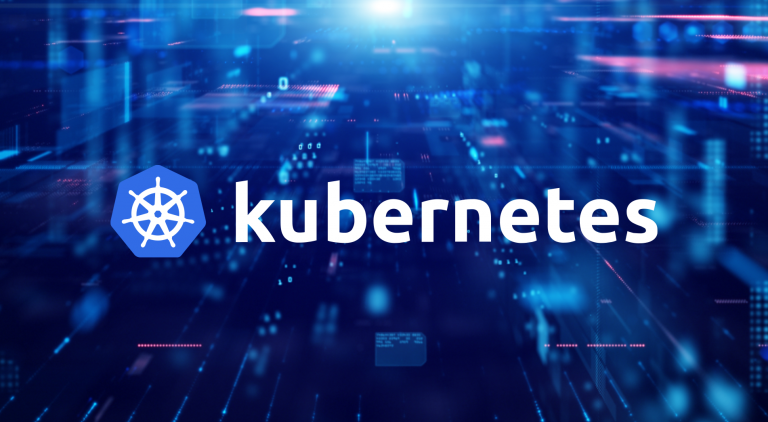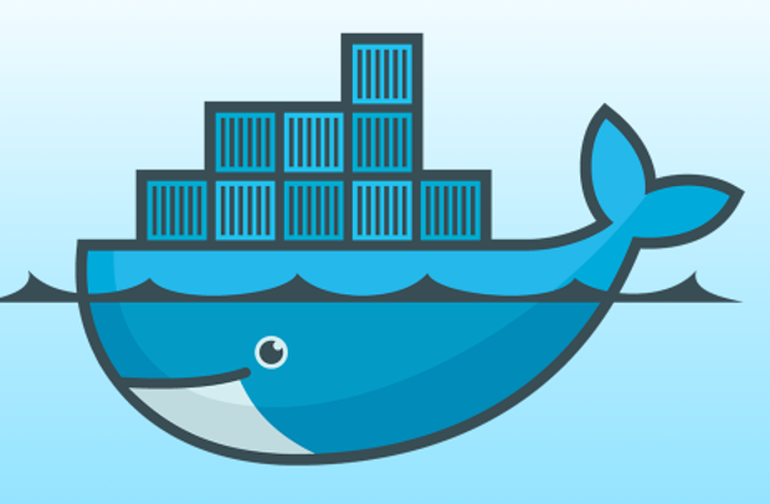
Lamzing
December 16, 2024
Kubernetes

Kubernetes is an open-source container orchestration platform that automates the deployment, scaling, and management of containerized applications. It provides a robust set of tools for managing containerized workloads, services, and infrastructure in a highly available and scalable way. In this blog, we will explore the key concepts of Kubernetes and how it can benefit developers and businesses.
What is Kubernetes?
Kubernetes, also known as K8s, is a container orchestration platform that automates the deployment, scaling, and management of containerized applications. It was developed by Google and is now maintained by the Cloud Native Computing Foundation (CNCF). Kubernetes provides a highly available and scalable environment for running containerized applications across different environments.
Benefits of Kubernetes
- Scalability - Kubernetes makes it easy to scale applications by providing an automated way to deploy, manage, and scale containerized workloads. It allows businesses to handle increased traffic and demand more efficiently.
- Availability - Kubernetes provides a highly available and resilient environment by automatically handling failures and maintaining the desired state of the system. It ensures that applications are always up and running.
- Cost savings - Kubernetes allows businesses to optimize their infrastructure costs by utilizing resources more efficiently. It enables businesses to run multiple applications on a single cluster of machines, reducing hardware and maintenance costs.
- Portability - Kubernetes provides a consistent and portable environment for running containerized applications across different cloud providers and on-premises infrastructure. This makes it easier to move applications between different environments.
Key concepts of Kubernetes
- Nodes - A node is a physical or virtual machine that runs Kubernetes. Nodes are responsible for running containerized workloads and services.
- Pods - A pod is the smallest deployable unit in Kubernetes. It contains one or more containers that share the same network namespace and storage volume.
- Services - A service is an abstraction that defines a set of pods and provides a stable IP address and DNS name for accessing them. It enables applications to communicate with each other across the cluster.
- Deployments - A deployment is a higher-level abstraction that manages the deployment and scaling of a set of replicas of a pod. It provides declarative updates for rolling out new versions of an application.
Getting started with Kubernetes
To get started with Kubernetes, you need to follow a few steps:
- Install Kubernetes - You can install Kubernetes on-premises or on the cloud. Many cloud providers, such as Google Cloud, Amazon Web Services, and Microsoft Azure, offer managed Kubernetes services.
- Create a Kubernetes cluster - You can create a Kubernetes cluster by setting up nodes and configuring network and storage settings.
- Deploy an application - You can deploy an application by creating a deployment and defining the desired number of replicas. You can also create a service to provide a stable IP address and DNS name for accessing the application.
Conclusion
Kubernetes is a powerful platform for managing containerized workloads and infrastructure in a highly available and scalable way. It provides many benefits for developers and businesses, including scalability, availability, cost savings, and portability. By understanding the key concepts of Kubernetes and how to use it, developers can improve their workflows and streamline their application deployment processes.



